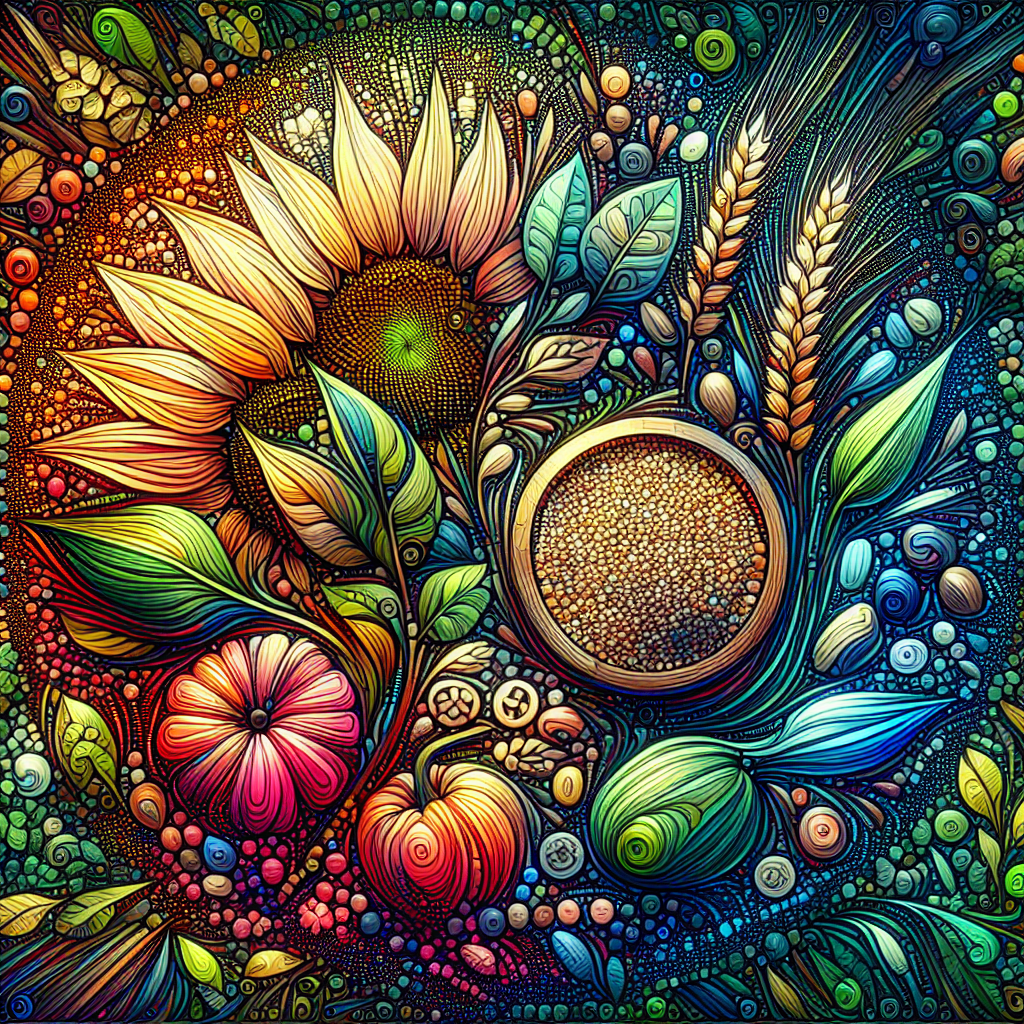Saving Seeds
- Jizzy Green
- Sep 13, 2024
- 4 min read
Are you a gardening enthusiast looking to level up your seed-saving game? Or perhaps you've heard the term "F1 seeds" thrown around but you have no clue what it means? Well, you're in the right place! In this blog post, we will dive into the world of seed saving and unravel the mystery behind F1 seeds.

Seed Saving 101
Saving seeds from your garden not only saves you money, but it also empowers you with the ability to preserve your favourite plant varieties.
The Miracle of Seeds:
They contain the DNA information bundle to create a whole new plant life!
When you keep your own seeds, they already have the memory of growing in your specific soil and climate, so they are primed for success!
Vandana Shiva, a seed sovereignty advocate from India says: “He who holds the seed in the palm of his hand, holds the entire world to ransom.” All life is sustained by the humble seed’s potential to sustain life.
Sowing seeds is hugely economical - take the cost of purchasing a punnet of lettuce seedlings - 6 @ $5, while a packet of seeds contains perhaps more than 30 times that amount, so instead of 70c per lettuce seedling, you can potentially grow your own seedlings @ less than 10c each!

Here's a quick guide to get you started:
Choose Wisely : Select healthy, mature fruits or vegetables from your best-performing plants. These will produce seeds that are more likely to result in strong, vigorous plants in the next growing season.
Going to Seed: Leave one of your leafy green veggies to go to seed, once it grows tall and leggy, simply support it so that it doesn't take up too much growing space. Flowering vegetable plants are beautiful and the pollinators love them too! The flowers will create the seed pods, you should be able to harvest enough seeds for next season by removing the seed pods once dry. Lightly crush the pods to release the seeds and then blow away the husk, leaving the seed behind to sow.
Extract the Seeds : Remove the seeds from the fruit or vegetable or seed pod, ensuring they are clean and free from any pulp or debris. Allow wet seeds to dry completely on newspaper or paper towel before storing (e.g pumpkin or tomato).
Storage : Store your seeds in a cool, dry place. You can use envelopes, jars, or seed packets to keep them organized.
Labeling : Don't forget to label your seeds with the plant type and the date they were saved. This will help you stay organized and track the age of your seeds.
By following these simple steps, you can become a seed-saving pro in no time!

Decoding F1 Seeds
Now, let's unravel the mystery behind F1 seeds. F1 hybrids are the result of cross-breeding two genetically distinct parent plants. The first-generation offspring, known as F1 seeds, often exhibit desirable traits such as uniform growth, disease resistance, and high productivity. However, there's a catch – F1 seeds do not breed true. This means that if you save and plant seeds from F1 plants, the resulting plants may not display the same characteristics as their parents.
F1 seeds are popular in commercial agriculture due to their predictable traits, but for home gardeners interested in seed saving, it's essential to understand the implications of working with F1 seeds to avoid disappointment.

A Blend of Tradition and Science
Seed saving is a practice deeply rooted in tradition, dating back to ancient civilizations. It's a way of preserving our agricultural heritage and maintaining biodiversity. Do try to find Vandana Shiva’s book, Stolen Harvest, it is available in Katikati Library. After industrialising the growing of food, many local seed varieties have been lost. In India, they have rallied to save and catalogue 200,000 varieties of rice from farmers evolving seeds over time to increase diversity in their climate, but now this is under attack by globalised corporate regimes "figuring on biggering" and monopolising the world's seed supply. It is hard to believe that Andean farmers bred more than 3,000 varieties of potatoes! How many potato varieties do you know of? Check out these stats below!
Papua Niue Guinea had more than 5,000 varieties of sweet potatoes! Talk about diversity in abundance!
Traditionally, 10,000 varieties of wheat were grown in China - these had already been reduced to just 1000 by the 1970’s!
Only 20% of Mexico’s maize diversity exists today since many have been lost to monoculture practices!
At one time, more than 7,000 varieties of apples were grown in the USA - now more than 6,000 varieties are extinct!
In the Philippines, small peasants used to cultivate thousands of varieties of rice, but after the Green Revolution (advent of chemical regime farming) by the 1980’s, just 2 varieties now occupy 98% of the entire rice-growing area!

In conclusion, saving your own seeds is a fun and sustainable way to continue the cycle of growth in your garden. Saving seeds is the first step in creating food resilience. Give it a go. We run seed saving workshops each year, sign up for our monthly newsletter to keep up to date with our events.
Have you tried saving seeds from your garden? Share your experiences in the comments below!
Happy gardening! 🌱





